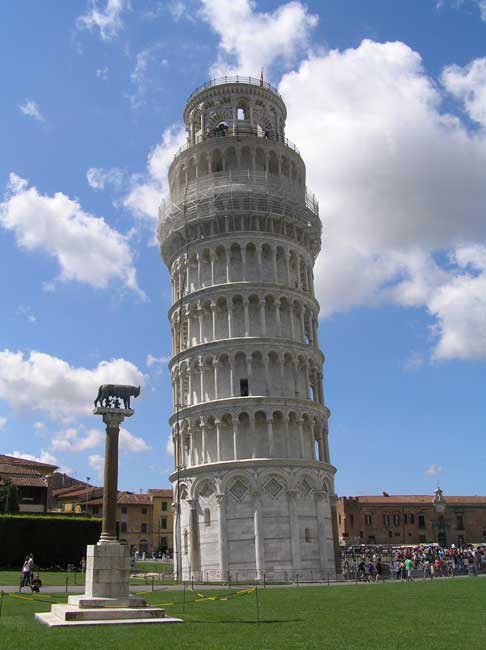
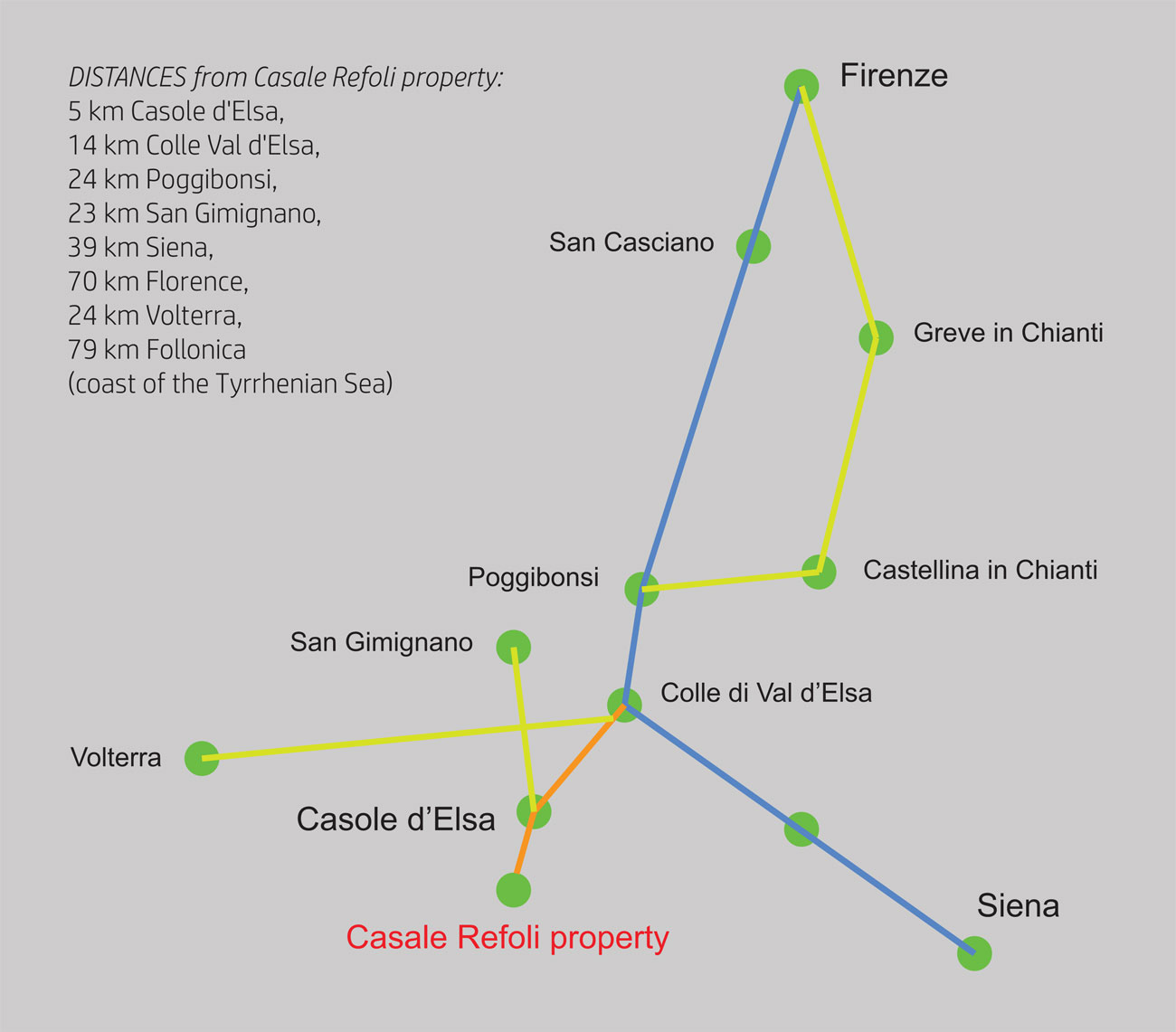
 .....
.....
 .....
.....
 .....
.....
 .....
.....
 .....
.....
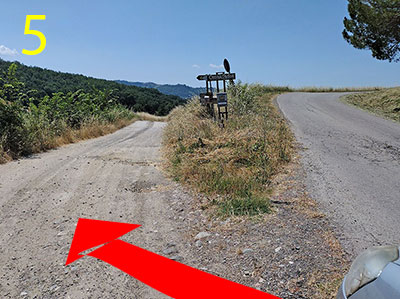 .....
.....
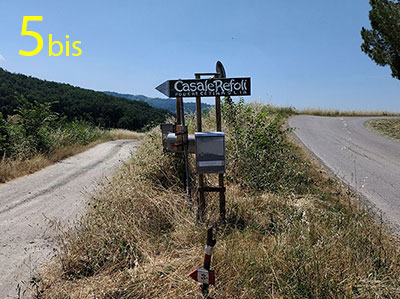 .....
.....
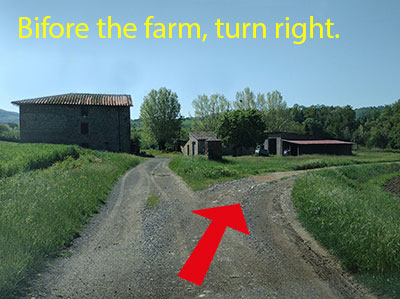 .....
.....
 <.....
<.....
 .....
.....
 .....
.....
 .....
.....
 .....
.....
 .....
.....
 .....
.....
 .....
.....
 .....
.....

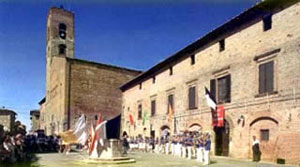

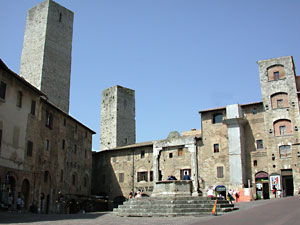
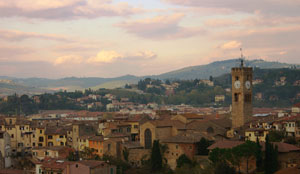
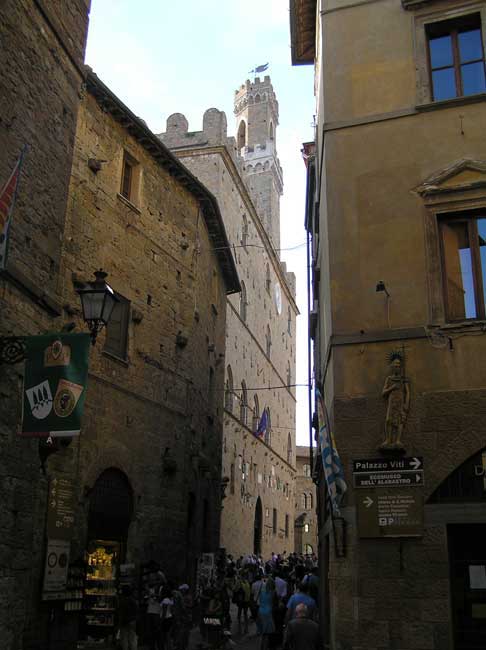
History in Volterra goes back to the remote Etruscan age, through the Roman period, the Middle Ages and the Renaissance. Important vestiges such as the city walls with the arch gate Porta dell'Arco, the necropolis and the archaeological finds in the Etruscan Museum Guarnacci with jewels and funeral urns, make Volterra a very attractive town.
The Vallebona Theatre dating back to the Augustan Age, and the impressive Medicean Fortress are a must on the tourist itinerary not only for Volterra's history, but also for its architecture.
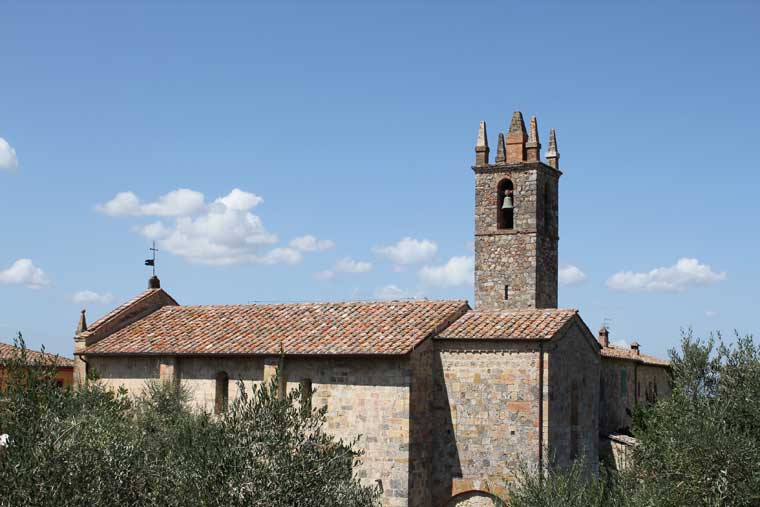

Castellina in Chianti lies on top of a rolling verdant hill that separates the Pesa and Staggia rivers offers the sight of a large-scale landscape and beautiful countryside. The origins of Castellina in Chianti are ancient and noble. In the thirteenth century it was built on the high hill and probably of Roman ruins a castle with two doors and one road on which overlooked the few homes.
With the name of Castellina in Chianti Trebbiesi of honoring a nearby noble family, it overlooks the history belonging to the civil jurisdiction of Florence and to the religious in Fiesole. You can visit several Etruscan tombs and it is believed that the territory of Castellina in Chianti was full of numerous settlements of this people still so mysterious. The main activity of Castellina, in addition to tourism, is the production of wine as a venue for many important vineyards.



Too important, too beautiful to be described in a few lines. Florence is history, tradition, art and culture. The Tuscan capital, as it wrote Stendhal has a "subtle charm" has preserved its historic and artistic heritage known throughout the world and its historic center is a living archive of the Italian and European culture; for this reason Florence was one of the first sites to be inscribed (1982) in the World Heritage List.
Walking through the narrow streets of its old town is to imagine the intense life of the traders but also the secrets and intrigues of the political and civil power, such as Piazza della Signoria, where stands the majestic figure in the copy of Michelangelo's David (the original is the Accademia museum).
For centuries, the splendid statue faces the Loggia della Signoria, a true open-air art gallery and Palazzo Vecchio, one of the most important medieval public buildings in Italy. From here is the entrance to the Uffizi Gallery, the oldest of modern European art museum.
Florence is the Arno, the river that runs through the city: a must a ride on the Ponte Vecchio, with its historical shops of goldsmiths and silversmiths, and the corridor designed by Vasari, which connected the buildings on the right bank with the Palazzo Pitti, on the other bank of the river, and that was used by the Medici as a secure way to reach their home. Palazzo Pitti is the most monumental building and contains the Palatine Gallery (with works by Giorgione, Raphael and Tintoretto). From here, by going to the Boboli Gardens, adorned with statues and fountains, closing his eyes is easy to imagine the splendor of court life in caves, statues, fountains and rare plant species.
